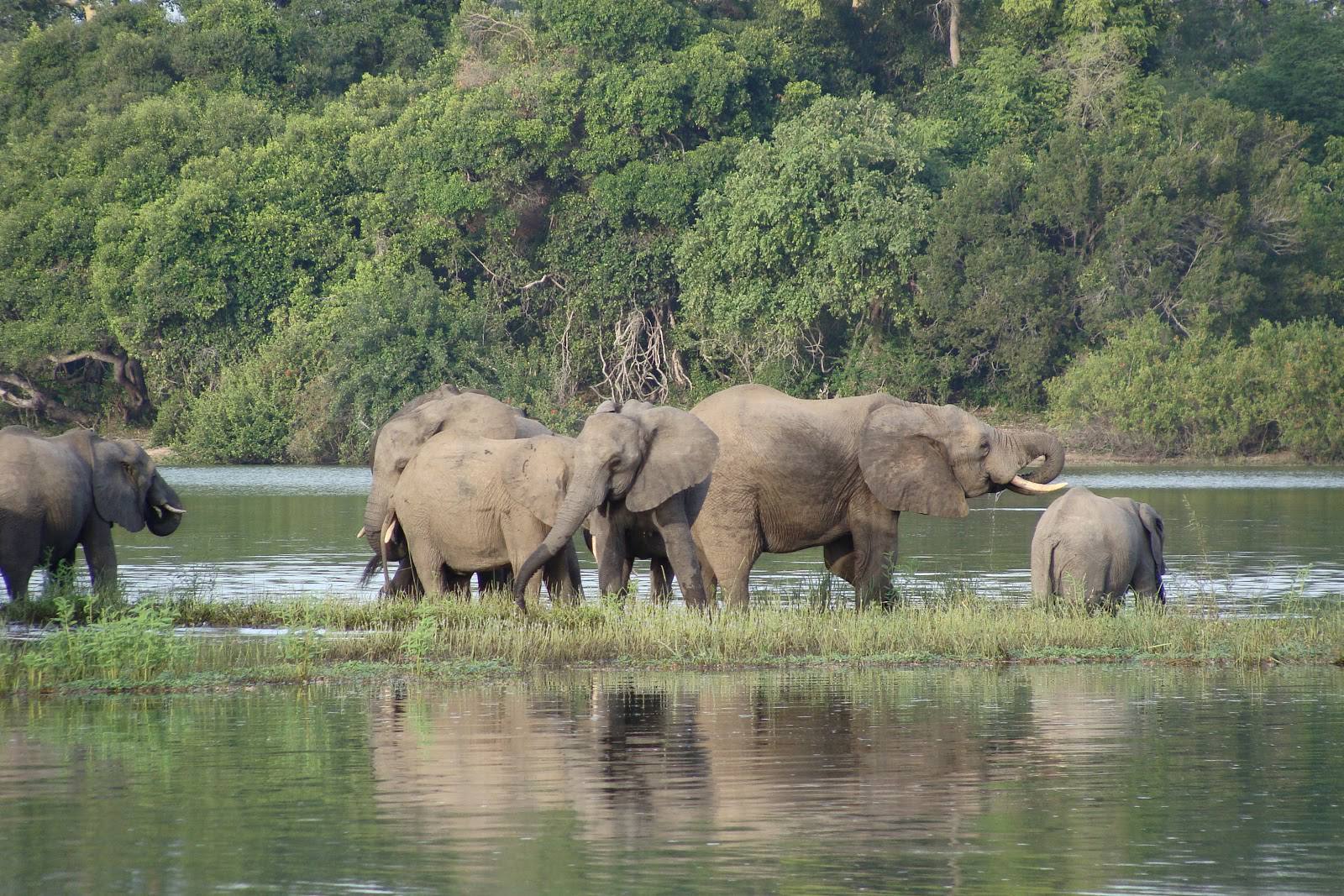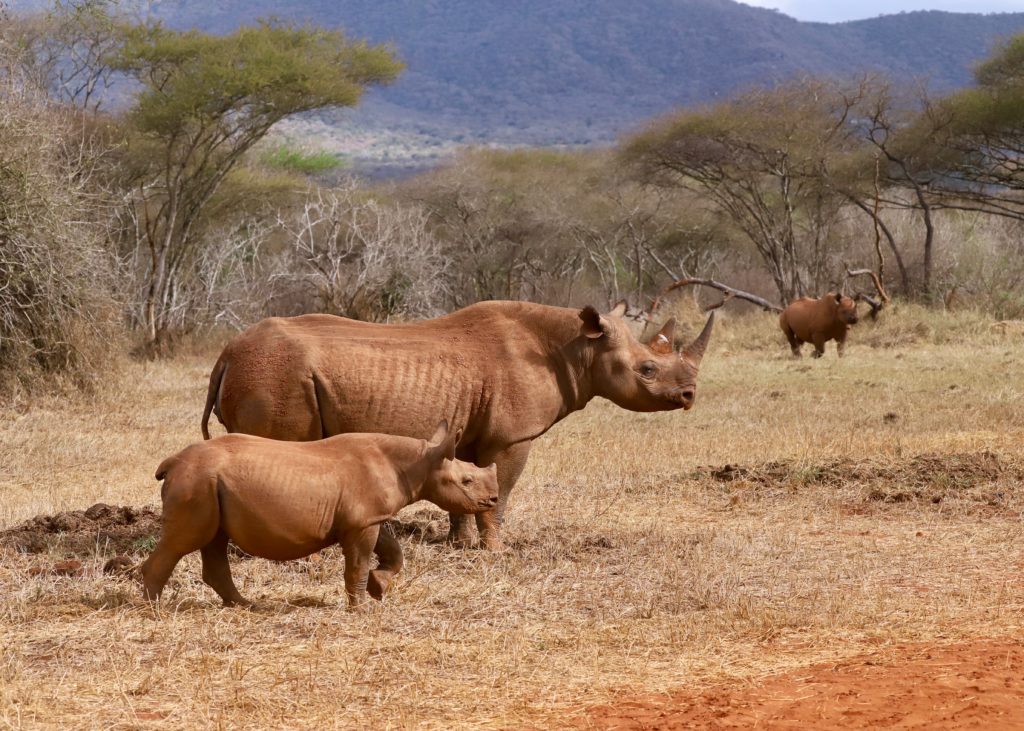
Nyerere National Park
The Nyerere National Park, formerly part of The Selous Game Reserve is enormous, wild and remote. And it has great wildlife - big game, cape hunting dogs, sable, roan, greater and lesser kudu, raptors, ostrich, crocs, hippos etc. But the main point is that this wildlife can be enjoyed in such a variety of interesting habitats within this fabulous place. Most places that are currently accessible have a lot of small informal tracks. This makes it much easier to get reasonably close to the animals you want to enjoy, and there is no sign that this is having a negative impact.
In 1922 the area was given its name of The Selous Game Reserve in memory of Englishman Frederick Selous who hunted and wrote extensively about the area. In 1940 it was enlarged to 54,600 sq km and in 1982 became a World Heritage Site. In 2019 about 30,000 km was separated from the reserve and made into a National Park and renamed the Nyerere National Park in honour of Tanzania’s first President who was himself a devoted conservationist.
Nyerere National Park is located in south eastern Tanzania, bordered by Mikumi National Park to the northwest and Udzungwa Mountains National Park to the west. The best time to visit is from June to October. During the long rains, between March and May, some parts of the park are temporarily closed for game drives due to poor accessibility.
The park offers a wide variety of game viewing opportunities including the thrilling experience of a walking safari in the company of an armed ranger. The many waterways in the park provide an excellent natural setting for boat safaris, both for big game viewing and bird watching

